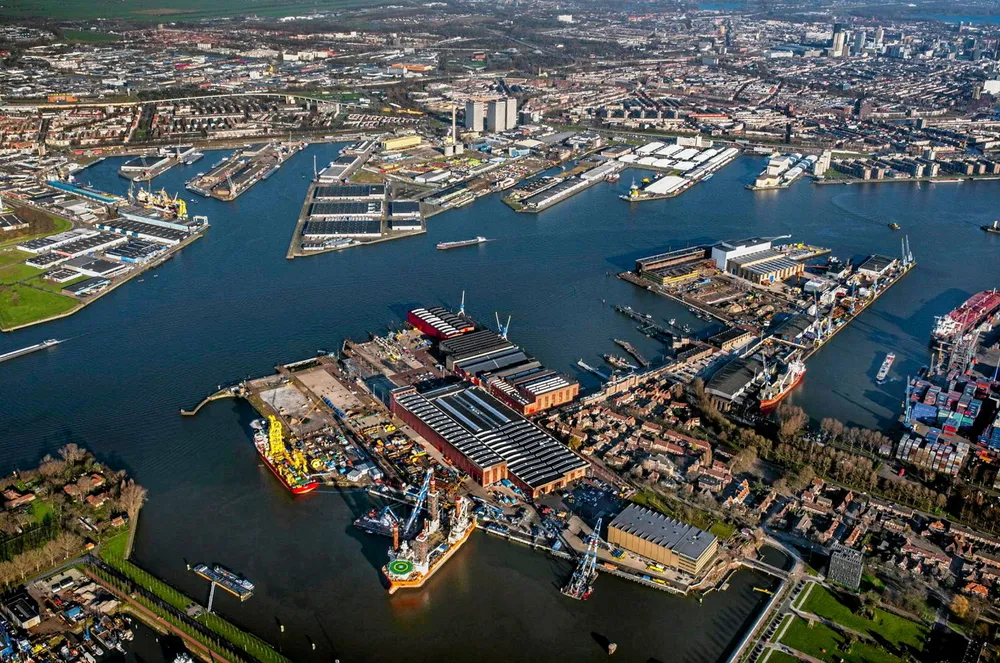Second major blue hydrogen project reaches final investment decision in Rotterdam
Air Liquide will install carbon capture equipment to reduce emissions at an existing grey H2 facility

Air Liquide will install carbon capture equipment to reduce emissions at an existing grey H2 facility
